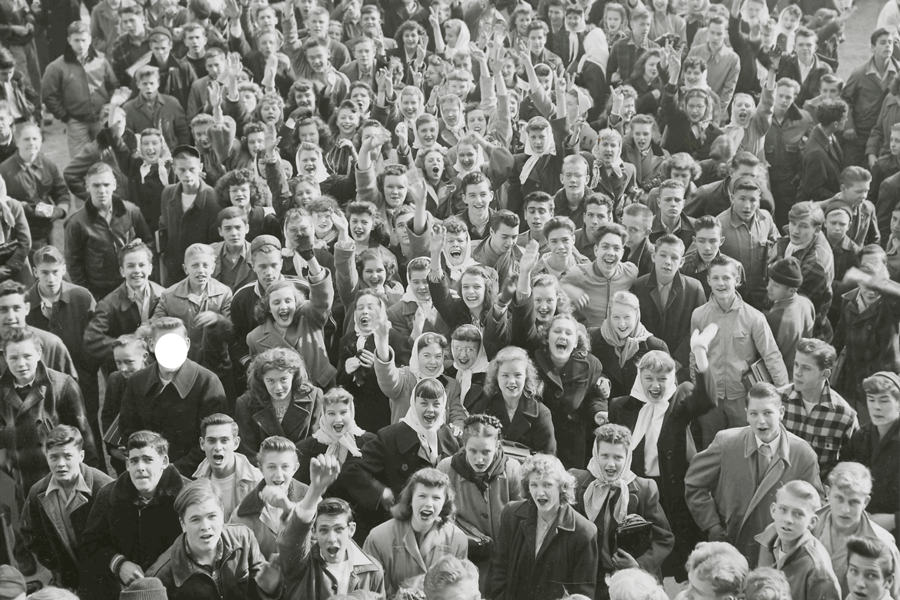Film launch: The Life and Death of Schrödingers Cat
19:00 — 19:30pm 2nd November 2020The Life and Death of Schrödingers Cat is the film element of What Photography & Incarceration have in Common with an Empty Vase.
It deploys a succession of photographs, strongly reminiscent of scientific illustration and documentation, and that remarkable 1977 photobook by Larry Sultan and Mike Mandel, Evidence, in which their appropriations use an older, outdated mode of photography to show a testing of truth and certainty in the wake of Watergate and Vietnam. All fail to illustrate and communicate and become instead science fiction, beautiful enigmas.
Martins sourced his photographs from the archives of CERN, the European Space Agency and an archive he has built up from images in defunct newspapers. They typify a dated scientific aesthetic, testimony to a faith and fascination in the value and virtue of technology. The photographs show tests, experiments, very often with materials, images about vision, about looking and a lot of pointing, deictic gestures that do not give us clarity, but underscore the shortfall between what is being presented to us in the picture and what sense we are supposed to take from it.
The difference with Evidence is we do not encounter just pictures. Martins’ photographs are sequenced to accompany an elaborate fiction (an absurdist story of a prison that is built to create the maximum absence of its inmates from society. The prison is an experimental facility set-up in the Midlands in the 1950s to explore the feasibility of two different incarceration models, Cryoguard and QSafe. Cryoguard involves having fully automated penitentiary systems managed by autonomous robots and with prisoners undergoing cryopreservation, so sentences can last centuries. QSafe involves confining dangerous prisoners in an unknown remote location, with only two judges having keys that give them access to the quantum encrypted information as to where the prisoners are. In relation to this fiction, we should bear in mind Foucault’s Discipline and Punish— its powerful opening pages, which set up the opposition between the public spectacle of the brutal execution of a regicide in mid eighteenth-century France and the rules for the “House of young prisoners in Paris”, eighty years later; an account of torture and a time-table, in order to show how punishment became the most hidden part of the penal process. In many ways Martins’ ‘documentary-fiction’ about the disappearance of prison and prisoners might be seen as an extension of this shift towards invisibility in the penal system.
(Excerpt from Against Documentary by Mark Durden, in What Photography & Incarceration have in Common with an Empty Vase, The Moth House, 2019)
The full film can be accessed by purchasing a copy of Edgar Martins’ What Photography & Incarceration have in Common with an Empty Vase, The Moth House, 2019





